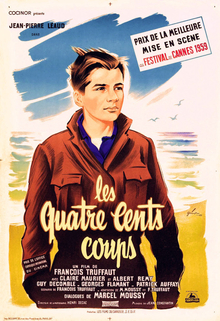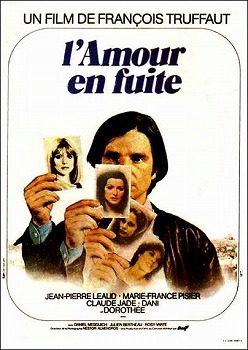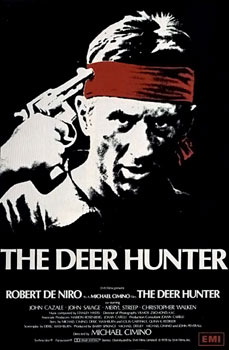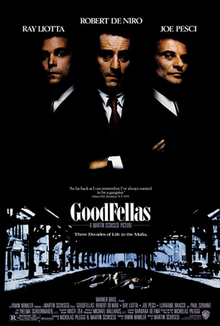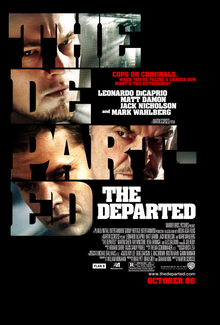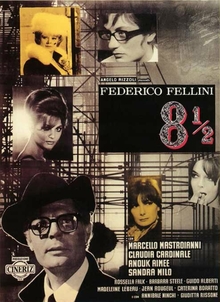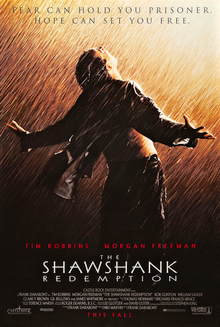
A minor controversy arose in the online film scene this past October, when Richard Schickel, film historian and critic for Time magazine, launched a scathing critique of Robert Altman in the LA Times. The occasion was a new book, Robert Altman: The Oral Biography, but Schickel spent most of the article denouncing Altman's personal failings, in addition to spouting out pithy attacks on his films ("To make sure the audience never quite understood what was going on, he overlapped dialogue..."). Schickel concludes that Altman's films are hopelessly dated, and will not "survive as anything more than historical curiosities."
A film like Nashville is undoubtedly emblematic of its times - what with the long hair, the hippies, the drugs, and the music. But what Altman manages to do is create a sardonic commentary on the times posing as a celebration of them. For a director whose films supposedly resemble "someone else's not-very-interesting drug haze," as Schickel claims, Nashville is quite critical of the 70s generation, revealing the hypocrisies that lie beneath the world of politics and the entertainment industry.
In describing Nashville, I am reminded of Mark Twain's preface to The Adventures of Huckleberry Finn: "persons attempting to find a plot in it will be shot." Like many of Altman's films, Nashville is essentially a series of character sketches and vignettes loosely tied to a main idea. The film follows no fewer than 24 major characters - a motley crew of hippies, folk singers, housewives, country stars, reporters, and political campaigners - as they descend on Nashville for a benefit concert. The candidate is Hal Phillip Walker of the "Replacement Party" - never seen, though his voice can be heard delivering speeches from his seemingly omnipresent van.
Using the campaign as a springboard, Altman paints a huge, sprawling canvas of American life. Altman follows dozens of storylines and fills each of his widescreen compositions with detail. His camera is fluid, constantly shifting perspective and revealing new details, making us an active observer. Aside from its technical feats, though, Nashville has grand thematic ambitions. The film is essentially an ironic response to Watergate; Altman contrasts the patriotic American ideals celebrated in the upcoming bicentennial with their seeming irrelevance in a disillusioned America. The whole tone of the film is set by the first song, a patriotic anthem sung by country star Haven Hamilton (Henry Gibson) that includes the not-so-inspiring chorus "We must be doing something right to last 200 years."
That song is the first of many in the film; Altman has even classified Nashville as a musical. Certainly the songs are central to the film, helping to establish mood and develop character. (Almost all of the songs were written by the actors specifically for their roles). One of the most famous is Keith Carradine's "I'm Easy," sung in one of the film's greatest scenes. Carradine's character, a womanizing folk singer named Tom Frank, takes the stage at a local bar and dedicates the song to "someone special who just might be here tonight." Three women - Tom's habitual fling, Mary (Cristina Raines), Geraldine Chaplin's kooky BBC reporter, and a groupie played by Shelley Duvall - all think that the song is about them. But Tom is actually playing to Linnea Reese (Lily Tomlin), a housewife and gospel singer that caught his eye at a recording studio a few days ago. They go to bed, of course, but Linnea decides that the affair must go no further, and she returns to her family. Tom tries to incite jealousy by calling another woman, but Linnea remains strong and leaves with dignity. That scene alone, so rich with restrained emotion and subtle characterization, reveals what a terrific director of actors Altman was.
And it is moments like that which make Nashville so rewarding. For all of his cynical commentary on hypocrisy, Altman makes us genuinely care for his characters. So many of them seem adrift - the lonely old man with the dying wife; the waitress who wants to be a singer but can't sing; the country star's son, who manages his father's career but has no life of his own. In many ways, Nashville is about the ways that these characters envelop themselves in patriotic ideals, in country music - in anything - to make themselves feel better. That theme is there in the first song, and it's there in the last one. After an assassination occurs at the benefit concert, a wannabe country singer takes the stage to lead the crowd in a song called "It Don't Worry Me." "You might say that I ain't free, but it don't worry me," they all sing.
Is that song a stirring hymn of unity, or a feeble attempt to cover up a sad reality? Altman doesn't tell us what to think, and the film's ambiguity is what makes it so fascinating - and so frustrating to viewers like Schickel. Since seeing Nashville last month, I have read a number of reviews and essays concerning the film, but I am still far from penetrating its mystery. Altman once said that it depressed him when people told him they had seen one of his films, when what they meant was that they had seen it once. Coming from the man who made Nashville, you can see why.
****/****
